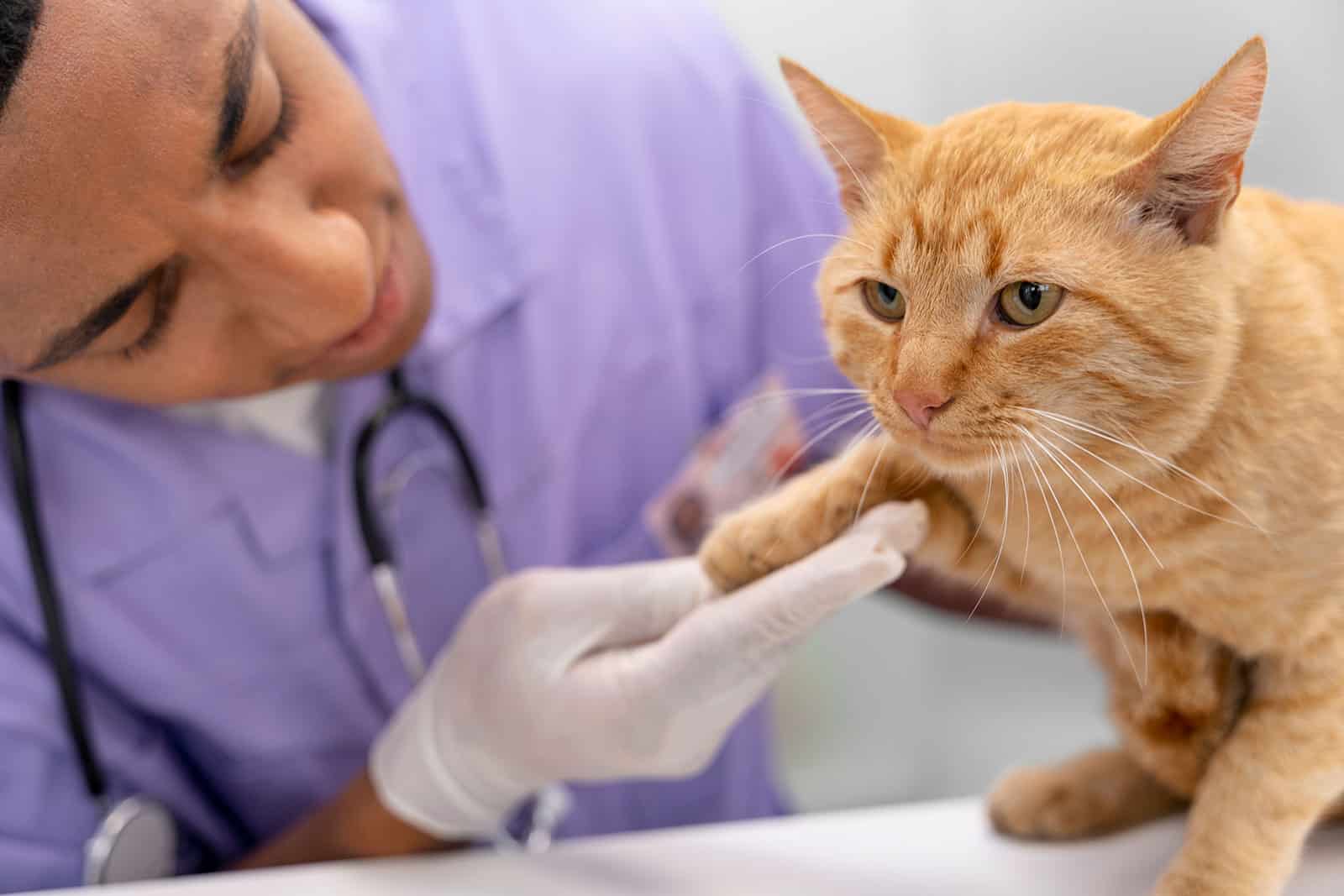Treating arthritis in cats: It’s complicated

A 2012 study into arthritis in cats, revealed that 90% of cats over the age of 12 have osteoarthritis. More recent studies have determined that anywhere between 60-90% of cats of any age, develop the degenerative joint disease.
These alarming statistics have led veterinarians and pet parents, to consider a range of traditional and complementary treatments for our feline friends. Unfortunately, the number of treatment options available are few.
In this article, we explore the treatment options for arthritic cats and how to overcome their limitations with a focus on prevention.
Arthritis in Cats
There are several causes of osteoarthritis in cats, ranging from normal wear and tear, to genetics, abnormalities, and injuries.
Promoting a healthy lifestyle for your cat is one of the best things you can do to improve their quality of life. This includes feeding a well-balanced diet, encouraging regular activity, and avoiding weight gain.
Treating Arthritis in Cats
Despite the growing awareness of the prevalence of arthritis in cats, the number of treatment options remains limited and it’s vital that pet parents are fully informed, regarding any potential side effects of veterinary approved medications.
Before starting your cat on any treatment program, speak with your veterinarian. An effective treatment and management plan may involve medications combined with complementary therapies, as well as making changes to your home environment.
Treatment Challenges
From the outset, arthritis in cats can be challenging to diagnose and treat. Cats are incredibly adept at hiding signs of pain and distress, making it difficult for pet parents to detect joint pain before their condition becomes severe.
These challenges are compounded by the fact that pain in cats, both acute and chronic, is also difficult to manage for several reasons, including:
- Oral Medications: Cats can be difficult to medicate and may resist administration of oral drugs by mouth or in their food.
- Slow Metabolism: Cats metabolise some drugs much slower than dogs, which increases their risk of adverse drug reactions.
- Kidney Health: Studies have shown that 50 percent of cats develop chronic kidney disease, resulting in renal function decline.
- Limited Options: Lastly, the number of veterinary approved pain medications for cats are limited.
So, what treatment options are available for your cat?
Prescribed by veterinarians, NSAIDs are by far the most common medication given to cats with arthritis. While highly effective for pain relief, side effects can include vomiting, diarrhea, and appetite loss, and they are not approved for long-term use.
In addition to NSAIDs, arthritis in cats may also be managed with:
- Alternative Pain Management Medications
- Injectable Joint Protectants
- Cold Laser Therapy
- Acupuncture
Prevention Over Cure
A final word on arthritis in cats… while we can hope for advances in veterinary medicine in the future, prevention will always remain superior to cure.
Providing your cat with a daily supplement, such as 4CYTE™, is highly recommended to assist in preventing the development of osteoarthritis and other joint conditions.
Approved by veterinarians and safe for long-term use, 4CYTE™ Epiitalis® Forte Cat is a simple and non-invasive daily feed supplement containing our exclusive active ingredient Epiitalis®, to protect, maintain, and promote healthy joints.